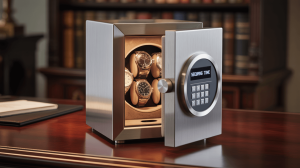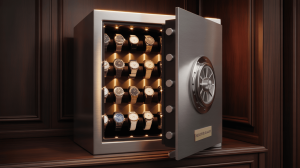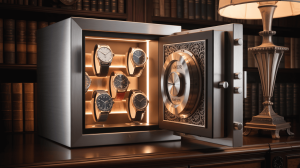A Comprehensive Guide for Watch Enthusiasts
Watch winders are devices designed to keep automatic timepieces running by simulating wrist movement. They are particularly useful for maintaining the accuracy and longevity of luxury watches. These gadgets often feature adjustable settings for rotation direction and turns per day (TPD), ensuring compatibility with various brands. High-quality models include silent motors, durable materials, and advanced security features like biometric locks. While some argue that these devices are unnecessary, others view them as essential for preserving the internal mechanisms of valuable timepieces. Whether you’re a casual collector or a dedicated enthusiast, selecting the right winder can enhance both convenience and protection for your collection.
2. What Is a Watch Winder? A Quick Overview
How Watch Winders Work
These devices are engineered to replicate the natural motion of your wrist, ensuring that the mainspring of your automatic timepiece remains wound. By rotating or oscillating gently, they keep the internal mechanisms active, preventing the watch from stopping. Most models allow you to customize settings such as rotation direction (clockwise, counterclockwise, or bidirectional) and turns per day (TPD), ensuring compatibility with various brands.
The Purpose of Keeping Automatic Watches Wound
Automatic timepieces rely on kinetic energy generated by movement to function. When left unworn, they can stop, requiring manual resetting. A winder eliminates this inconvenience by maintaining the watch’s accuracy and readiness. Additionally, consistent motion helps prevent lubricants inside the movement from coagulating, which can extend the lifespan of your prized possession.
This section provides a concise yet comprehensive overview of how these devices function and their importance in maintaining the precision of your collection.
3. The Safety Debate: Are Watch Winders Really Safe?
Common Concerns About Watch Winders
Many enthusiasts worry that these devices might cause harm to their timepieces. Overwinding is a frequent concern, though modern mechanisms are designed to prevent this. Others fear that continuous motion could lead to unnecessary wear on internal parts. Additionally, low-quality models might lack proper rotation settings or fail to protect against environmental factors like dust and humidity.
Myths vs. Facts: What Experts Say
Contrary to popular belief, overwinding is virtually impossible with contemporary automatic watches, as they are built with safeguards. Experts emphasize that high-quality winders, when used correctly, can actually prolong the life of your timepiece by keeping its movement active. However, they caution against cheap, poorly constructed units that may lack essential features or cause damage. The key lies in selecting a reliable device and understanding its proper usage.
This section addresses the most pressing questions and misconceptions, providing clarity on the safety of these tools for your collection.
4. How Watch Winders Protect Your Timepieces
Preventing Dust and Moisture Damage
High-quality winders often feature sealed enclosures or protective casings that shield your timepieces from environmental hazards. Dust particles, which can infiltrate and clog delicate mechanisms, are kept at bay. Similarly, moisture—a common enemy of precision instruments—is minimized, preventing rust or corrosion. Some advanced models even include built-in dehumidifiers or climate control systems to maintain optimal conditions.
Reducing Wear and Tear on Internal Mechanisms
By simulating natural wrist movement, these devices ensure that the internal components of your automatic watch remain active and lubricated. This prevents the oils inside from drying out or settling, which can lead to stiffness or malfunction. Consistent motion also reduces the need for frequent manual winding, which can strain the crown and other parts over time.
This section highlights how these tools safeguard your collection from external threats and internal degradation, ensuring longevity and performance.
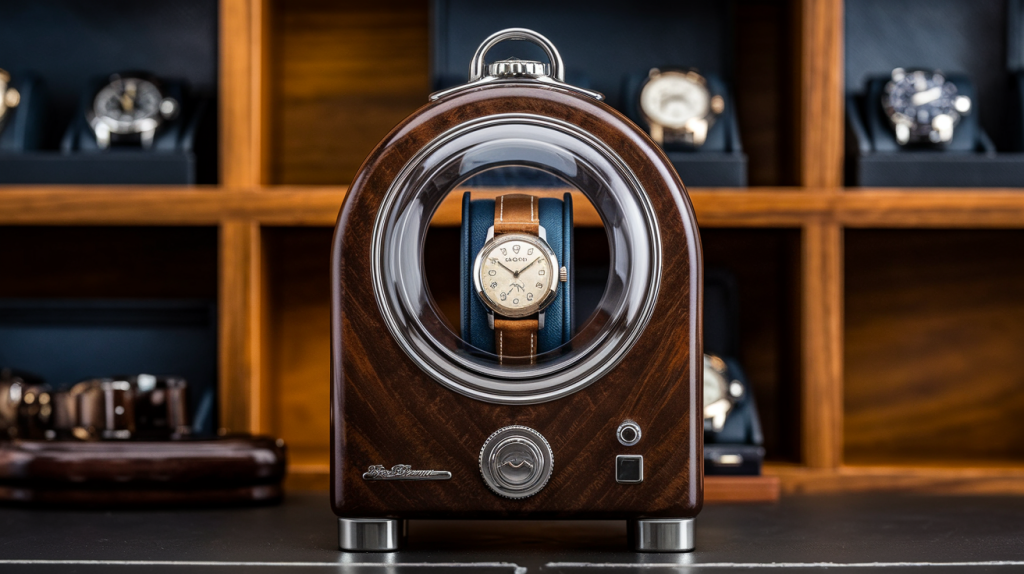
5. Potential Risks of Using a Watch Winder
Overwinding: Is It a Real Threat?
One of the most debated concerns is whether these devices can overwind a timepiece. Modern automatic watches are equipped with mechanisms that prevent overwinding, making this fear largely unfounded. However, improper settings or malfunctioning units could still pose a risk. Ensuring your device has adjustable rotation settings and a reliable motor is crucial to avoid unnecessary strain on the movement.
The Impact of Low-Quality Winders on Your Watches
Cheap, poorly constructed models can be detrimental to your collection. Inferior materials may fail to protect against dust or moisture, while inadequate rotation patterns can lead to uneven wear on internal components. Additionally, noisy motors or inconsistent performance can disrupt the delicate balance of your timepiece. Investing in a high-quality unit is essential to safeguard both functionality and longevity.
This section addresses the potential pitfalls of using subpar devices and clarifies misconceptions about overwinding, helping you make informed decisions for your collection.
6. Key Features of a Safe Watch Winder
Adjustable Rotation Settings (TPD and Direction)
A reliable device should offer customizable turns per day (TPD) and rotation direction (clockwise, counterclockwise, or bidirectional). These settings ensure compatibility with various timepiece mechanisms, preventing overwinding or insufficient winding. For example, Tissot watches typically require bidirectional winding, while other brands may have specific TPD needs.
High-Quality Materials and Construction
Durability and safety are paramount. Opt for units made from premium materials like fine wood, leather, or carbon fiber, which not only enhance aesthetics but also provide robust protection. Sealed enclosures or reinforced glass can shield your timepieces from dust, moisture, and accidental damage. Additionally, silent motors and energy-efficient designs ensure smooth operation without disrupting your environment.
These features are essential for maintaining the precision and longevity of your collection while offering convenience and peace of mind.
7. Advanced Security Features in Modern Watch Winders
Biometric Locks and Fingerprint Recognition
Cutting-edge devices now incorporate biometric systems, such as fingerprint recognition, to ensure exclusive access to your collection. These systems can store multiple unique fingerprints, providing fast and secure entry with high accuracy. For example, the FingerPrint™ technology offers 98.99% precision, preventing unauthorized access while eliminating the need for keys or codes.
Reinforced Glass and Anti-Theft Designs
Premium models often feature tempered or reinforced glass, which not only enhances visibility but also provides robust protection against physical damage. Anti-theft designs, such as secure clamping mechanisms and sealed enclosures, further safeguard your timepieces from tampering or theft. These features combine to create a secure environment for your prized possessions.
This section highlights the innovative security measures that protect your collection, ensuring both functionality and peace of mind.
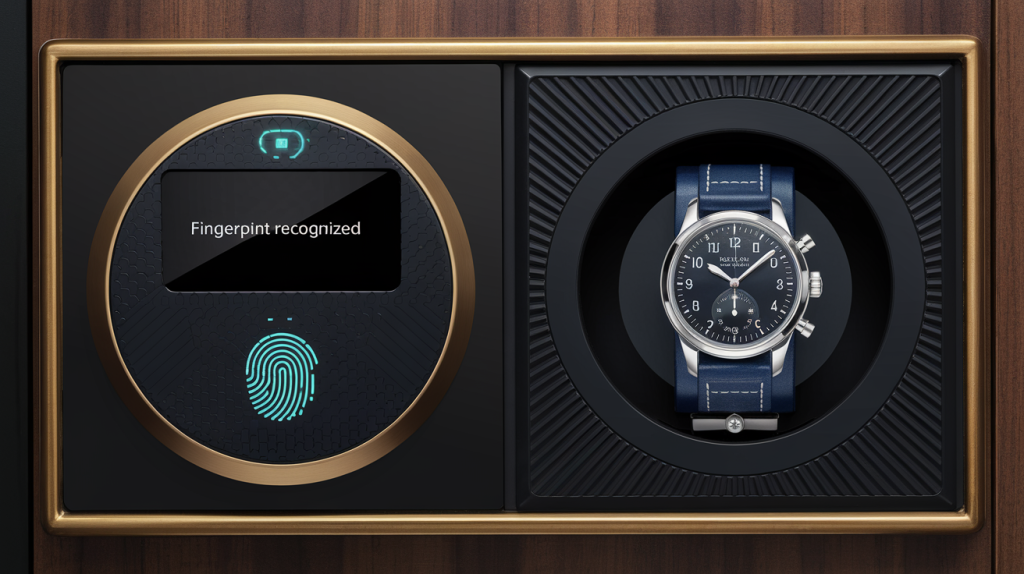
8. The Role of Temperature and Humidity Control
How Environmental Factors Affect Your Watches
Environmental conditions play a significant role in the performance and longevity of your timepieces. Excessive heat can cause lubricants to thin or evaporate, while cold temperatures may lead to condensation inside the case. High humidity levels can promote rust or corrosion, and dust particles can infiltrate and damage delicate components. These factors collectively impact accuracy and durability, making it essential to maintain a stable environment for your collection.
Watch Winders with Built-In Climate Control
Advanced models now incorporate climate control systems to regulate temperature and humidity levels. These units often feature sealed enclosures, dehumidifiers, or even heating elements to create an optimal microclimate. For example, some premium winders use sensors to monitor conditions and adjust settings automatically, ensuring your timepieces remain in pristine condition.
This section highlights the importance of environmental stability and how modern devices with climate control features can safeguard your collection from adverse conditions.
9. Choosing the Right Watch Winder for Your Collection
Factors to Consider: Size, Capacity, and Compatibility
When selecting a device for your timepieces, size is crucial. Ensure the unit fits comfortably in your space, whether it’s a compact single-watch model or a larger multi-watch unit. Capacity depends on the number of pieces in your collection, so choose one that accommodates your needs without overcrowding. Compatibility is equally important; verify that the rotation settings (TPD and direction) align with the requirements of your specific mechanisms.
Top Brands Known for Safety and Reliability
Several manufacturers stand out for their commitment to quality and innovation. Brands like Wolf, Orbita, and JQueen are renowned for their durable construction, advanced features, and consistent performance. These companies often incorporate premium materials, silent motors, and customizable settings to ensure your collection remains in optimal condition.
This section highlights the essential considerations and trusted names in the industry, helping you make an informed choice for your prized timepieces.
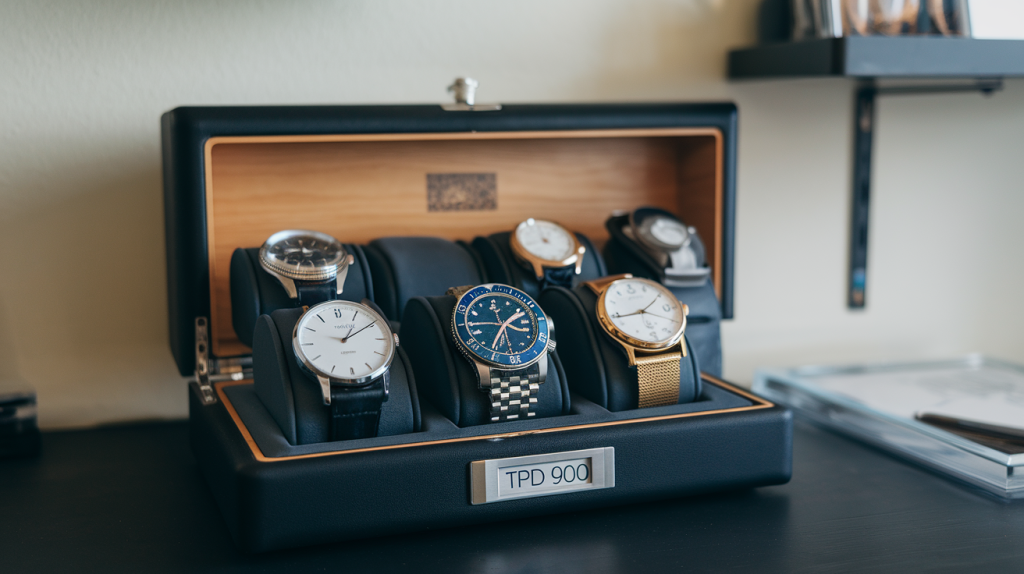
10. Watch Winders vs. Traditional Storage: Which Is Safer?
Pros and Cons of Each Storage Method
Watch Winders
Pros:
Keeps timepieces wound and ready to wear, eliminating the need for manual adjustments.
Ensures consistent movement, preventing lubricants from drying out and reducing wear on internal components.
Ideal for collectors with multiple automatic watches, maintaining functionality across the collection.
Cons:
Requires power (battery or AC), which may not be convenient in all settings.
Low-quality models can cause uneven wear or damage if rotation settings are incorrect.
May not be necessary for watches worn frequently or those with long power reserves.
Traditional Storage
Pros:
Simple and cost-effective, requiring no additional devices or power.
Suitable for quartz watches or timepieces with manual winding mechanisms.
Reduces the risk of overuse or unnecessary movement, which can strain delicate parts.
Cons:
Automatic watches may stop if left unworn, requiring frequent resetting.
Lubricants may settle or dry out over time, potentially affecting performance.
Less convenient for collectors who rotate their timepieces regularly.
When a Watch Winder Is the Better Choice
A winder is particularly beneficial for automatic watches that are not worn daily, as it ensures they remain functional and accurate. It’s also ideal for collectors who own multiple timepieces, as it keeps each one ready for use without manual intervention. Additionally, for luxury or complex mechanisms, a winder helps maintain optimal performance and longevity.
This section compares the two storage methods and highlights scenarios where a winder offers clear advantages.
11. Maintenance Tips for Your Watch Winder
Regular Cleaning and Upkeep
To maintain optimal performance, clean the exterior and interior of your device frequently. Use a soft cloth and mild detergent to remove dust and debris, avoiding harsh chemicals that could damage the finish or mechanical parts. For the interior, ensure cushions and holders are free from dirt, as accumulated particles can affect rotation smoothness.
Ensuring Long-Term Functionality and Safety
Periodically inspect the motor and bearings for signs of wear. Apply a silicone-based lubricant to moving parts to reduce friction and prevent premature deterioration. Check the tension settings to ensure they align with your timepiece’s requirements, as incorrect tension can strain the mechanism. Store the unit in a cool, dry place away from direct sunlight to avoid exposure to extreme temperatures or humidity.
By following these steps, you can extend the lifespan of your device and keep your collection in pristine condition.
12. Real-Life Stories: Watch Winders in Action
Testimonials from Watch Collectors
Many enthusiasts have shared their experiences with these devices, highlighting their benefits. One collector mentioned how their TAG Heuer remained accurate for months without manual adjustments, thanks to a winder with customizable rotation settings. Another praised the silent operation of a premium model, which kept their timepiece running smoothly without any noise disruption.
How Watch Winders Have Preserved Valuable Timepieces
These devices have proven essential in maintaining the performance of luxury mechanisms. For instance, a collector with a rare Patek Philippe noted that their winder prevented lubricants from drying out, ensuring the intricate movement stayed in perfect condition. Similarly, an owner of multiple Rolexes emphasized how their multi-watch unit kept each piece ready to wear, eliminating the need for frequent resets.
These stories underscore the practical advantages of using such devices, offering both convenience and protection for prized collections.
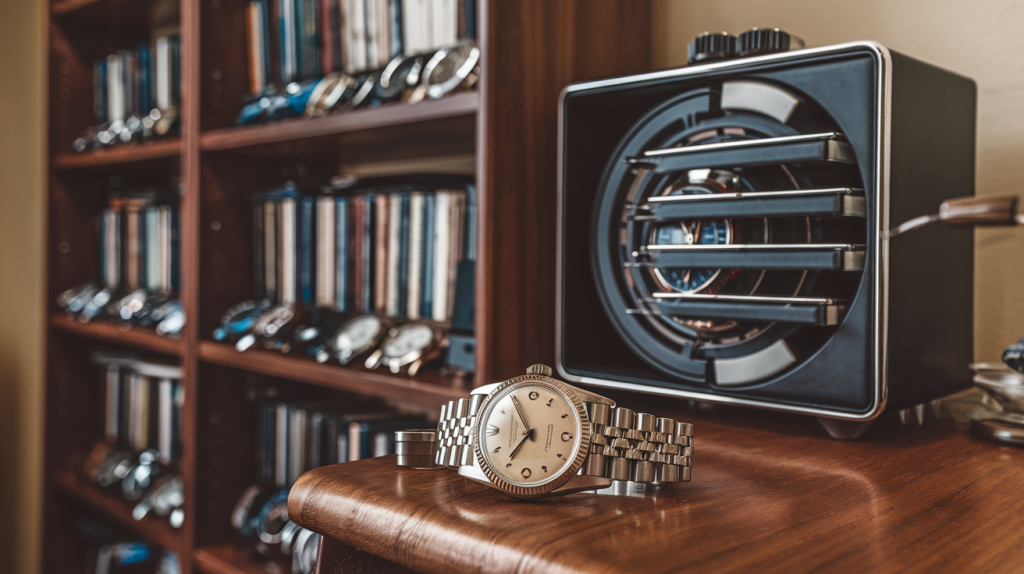
13. Expert Advice: What Watchmakers Recommend
Insights from Industry Professionals
Watchmakers emphasize the importance of using devices that match the specific needs of your timepieces. They recommend selecting units with adjustable rotation settings (TPD and direction) to align with the movement requirements of your collection. Additionally, professionals suggest opting for models with silent motors to avoid unnecessary noise and ensure smooth operation.
Best Practices for Using Watch Winders Safely
To maintain the integrity of your timepieces, follow these guidelines:
- Set Correct Rotation: Adjust the TPD and direction based on the manufacturer’s specifications to prevent overwinding or strain on the mechanism.
- Regular Maintenance: Clean the device periodically to remove dust and debris, ensuring it operates efficiently.
- Avoid Overuse: Use programmable settings to limit rotation when not needed, reducing wear on internal components.
- Monitor Power Sources: Ensure the unit is powered consistently, whether via battery or AC adapter, to avoid interruptions.
By adhering to these recommendations, you can safeguard your collection and extend the lifespan of your prized timepieces.
14. The Future of Watch Winders: Innovations in Safety
Emerging Technologies in Watch Winder Design
The next generation of these devices is set to revolutionize the industry with cutting-edge advancements. Smart technology integration, such as app-controlled settings and real-time monitoring, will allow users to customize rotation patterns and track performance remotely. Additionally, eco-friendly materials and energy-efficient motors are becoming a priority, reducing environmental impact while maintaining functionality. Enhanced noise reduction systems will ensure silent operation, making these units ideal for any setting.
What to Expect in the Next Generation of Winders
Future models will focus on safety and precision. Advanced sensors will detect overwinding or irregular movements, automatically adjusting to protect delicate mechanisms. Modular designs will offer flexibility, allowing collectors to expand capacity as their collection grows. Furthermore, biometric security features, such as fingerprint locks, will safeguard valuable timepieces from unauthorized access.
These innovations promise to elevate the user experience, combining convenience, sustainability, and advanced protection for your prized collection.
15. Common Mistakes to Avoid When Using a Watch Winder
Overlooking Rotation Settings
One frequent error is failing to adjust the TPD (turns per day) and direction to match the specific requirements of your timepiece. Incorrect settings can lead to overwinding or insufficient movement, both of which may harm the internal mechanism. Always consult the manufacturer’s guidelines to ensure proper configuration.
Ignoring Maintenance and Care
Neglecting regular upkeep can compromise the device’s performance and, by extension, your collection. Dust accumulation, worn-out bearings, or improper tension can strain the unit and affect its functionality. Clean the exterior and interior regularly, lubricate moving parts, and replace damaged components promptly to maintain optimal operation.
By avoiding these pitfalls, you can ensure your device remains reliable and your timepieces stay in pristine condition.
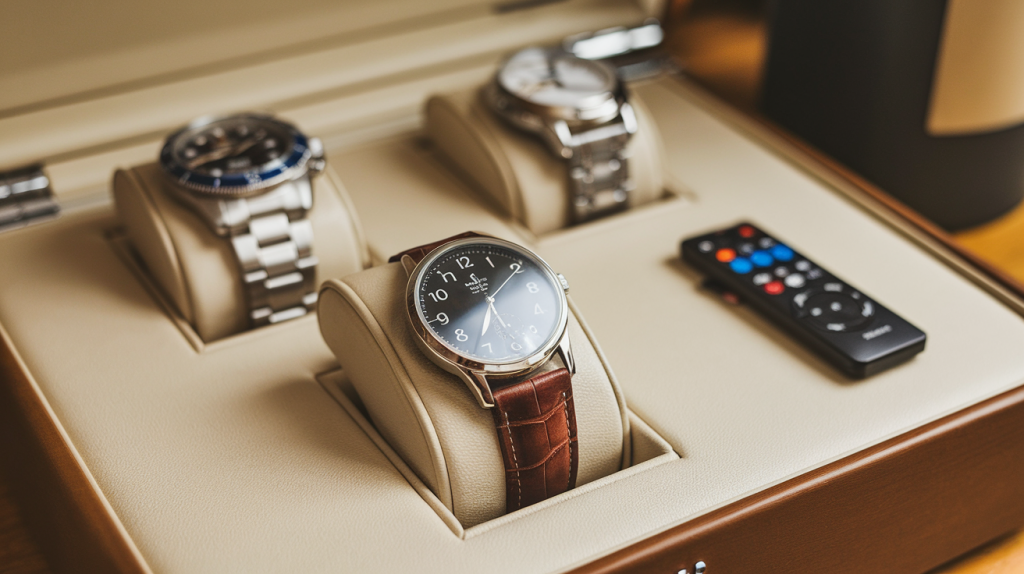
16. The Cost of Safety: Are Premium Watch Winders Worth It?
Comparing Budget vs. High-End Models
Budget-friendly options often lack advanced features, such as customizable rotation settings or silent motors, which are crucial for preserving delicate mechanisms. While they may suffice for occasional use, they can fall short in terms of durability and precision. High-end models, on the other hand, offer superior craftsmanship, advanced technology, and materials like carbon fiber or fine wood, ensuring both functionality and aesthetic appeal.
Investing in Quality for Long-Term Peace of Mind
Premium devices provide peace of mind by safeguarding your investment. Features like biometric locks, reinforced glass, and LED displays not only enhance security but also add a touch of elegance to your collection. Additionally, their energy-efficient motors and eco-friendly designs contribute to sustainability while maintaining optimal performance.
By choosing a high-quality unit, you ensure your timepieces remain accurate, protected, and ready to wear, making it a worthwhile investment for any collector.
17. Conclusion: Making the Right Choice for Your Watches
Weighing the Benefits and Risks of Watch Winders
These devices offer significant advantages, such as maintaining accuracy, preventing lubrication issues, and extending the lifespan of your timepieces. However, it’s essential to consider potential risks, such as overwinding or improper rotation settings, which could harm delicate mechanisms. By understanding both the pros and cons, you can make an informed decision tailored to your collection’s needs.
Final Tips for Ensuring the Safety of Your Collection
- Choose the Right Device: Opt for models with customizable settings, silent motors, and durable materials to match your timepieces’ requirements.
- Regular Maintenance: Clean and inspect your unit periodically to ensure it operates smoothly and efficiently.
- Proper Storage: Keep your devices in a stable environment, away from direct sunlight and extreme temperatures, to protect both the winder and your watches.
- Document and Insure: Maintain detailed records of your collection and consider insurance to safeguard against unexpected loss or damage.
By following these guidelines, you can preserve the integrity and value of your prized timepieces for years to come.
18. FAQs About Watch Winder Safety
Can Watch Winders Damage My Watches?
High-quality devices designed for automatic timepieces are generally safe and will not harm your collection. However, poorly made or incompatible units may cause issues such as overwinding, excessive wear, or magnetization. Always choose models with adjustable settings to match your watch’s specific requirements.
How Often Should I Use a Watch Winder?
The frequency depends on your usage and the type of timepiece. For watches worn infrequently, using the device daily ensures they remain accurate and ready to wear. However, if you wear your watch regularly, the natural motion of your wrist may suffice, reducing the need for constant use.
Are Watch Winders Safe for All Types of Watches?
These devices are primarily designed for automatic models, as they rely on movement to stay functional. Manual-wind or quartz watches do not require such devices and may even be damaged if used incorrectly. Always verify compatibility before placing your timepiece in a winder.
By addressing these common concerns, you can make informed decisions to protect and maintain your collection effectively.
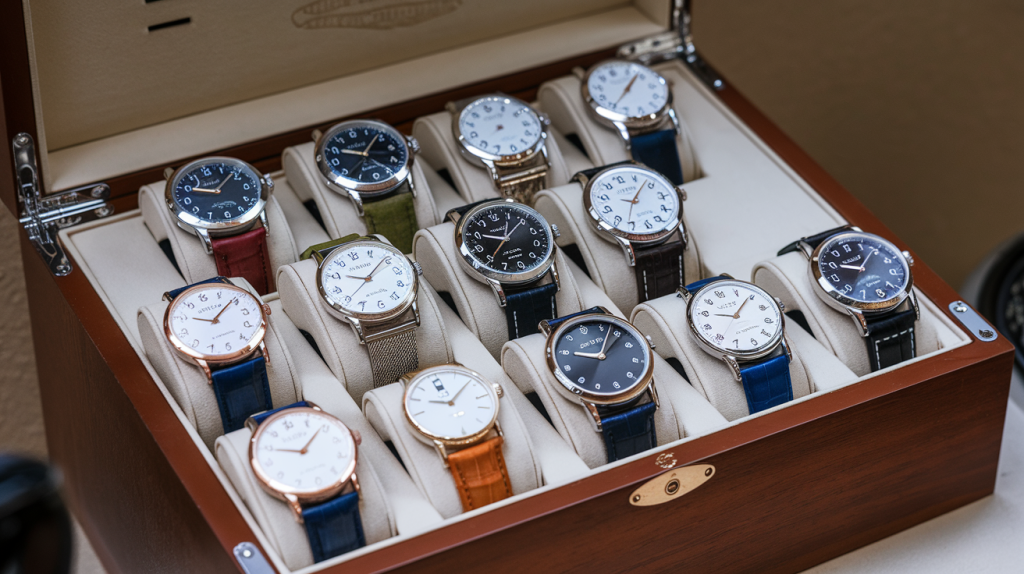
19. Resources and Recommendations
Where to Buy Safe and Reliable Watch Winders
For those seeking dependable devices, trusted brands like Wolf, Orbita, and Eilux offer high-quality options. These manufacturers are known for their precision engineering, customizable settings, and durable materials. Online platforms such as Amazon and specialized retailers like Watch Winder Store provide a wide selection, often with customer reviews to guide your purchase. Additionally, luxury watch boutiques may carry premium models tailored to specific brands like TAG Heuer or Breitling.
Further Reading for Watch Enthusiasts
To deepen your knowledge, consider exploring resources such as The Watch Book by Gisbert L. Brunner or A Man and His Watch by Matt Hranek. Online forums like Watchuseek and blogs such as Hodinkee offer insights into maintenance, collecting, and the latest innovations in the industry.
Welcome to Homisafe
At Homisafe, we prioritize the safety and longevity of your timepieces. Our curated selection of devices ensures your collection remains in pristine condition, combining functionality with elegance. Explore our offerings to find the perfect solution for your needs.
By leveraging these resources, you can make informed decisions and enhance your passion for horology.


